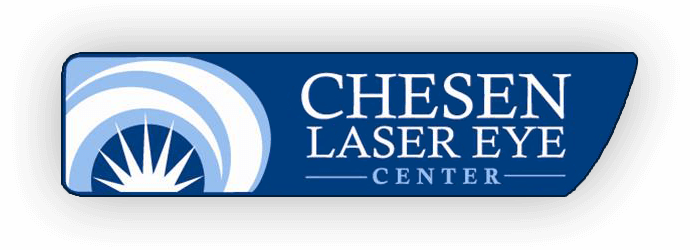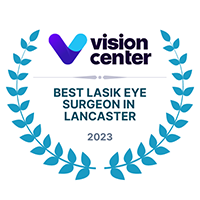PRK is an alternative surgery to LASIK. It is often used on people who are not eligible to receive LASIK.
Although LASIK has a faster recovery time than PRK, its candidacy requirements are slightly stricter. Keep reading to find out what to expect during PRK!
The Difference Between PRK and LASIK
The basic concept in both PRK and LASIK are the same. To correct vision and achieve clear vision without the need for glasses, surgeons use lasers to reshape the cornea.
During LASIK, this means creating a flap in the top layer of the cornea. This flap is then opened up, revealing the middle layer of the cornea, which has much more tissue to work with.
Using robust computer scanning technology, the surgeon is able to identify where to remove corneal tissue and how much of it to remove.
Once the right amount of corneal tissue has been reshaped, the flap can be closed. It then conforms to the new underlying tissue. This flap reconnects to the tissue surrounding it, without the need for stitches.
PRK is very similar, save for one critical difference: the flap. During PRK, part of the top layer of the cornea is simply removed rather than having a flap created in it.
At the end of the surgery, the middle layer of tissue is left open. A special contact lens will help protect your eyes, and the top layer will eventually grow back.
Without the creation of the flap, recovery can take much longer than with LASIK. This, then, begs the question: what would make you need PRK over LASIK?
The answer lies in the difference: the flap. Some people cannot receive LASIK because creating a flap in their cornea would be too dangerous.
This is usually the case with people who have naturally thinner corneas. If you have thinner corneas, it opens the doors for more complications during LASIK. For patients with thinner corneas, they may also run into complications with the flap or having any tissue removed.
Recovering From PRK
The good news about PRK is that results from it are comparable to that of LASIK. But the increased recovery time can make it less desirable to some patients.
PRK patients face more discomfort and a higher risk of infection during the first few days of recovery. It will also likely take you longer for your vision to stabilize.
For most PRK patients, this can take upwards of several weeks. This means rather than having to wait a day or two to drive, you may end up having to wait more than a week.
Although the recovery process is longer after PRK, most patients find that it is worth it. No matter what vision correction procedure you decide on, there is always a recovery component to consider.
Wondering if you could be a good LASIK candidate? Want to find out if visual freedom is waiting for you? Schedule a LASIK consultation at Chesen Laser Eye Center in West Reading, PA!






